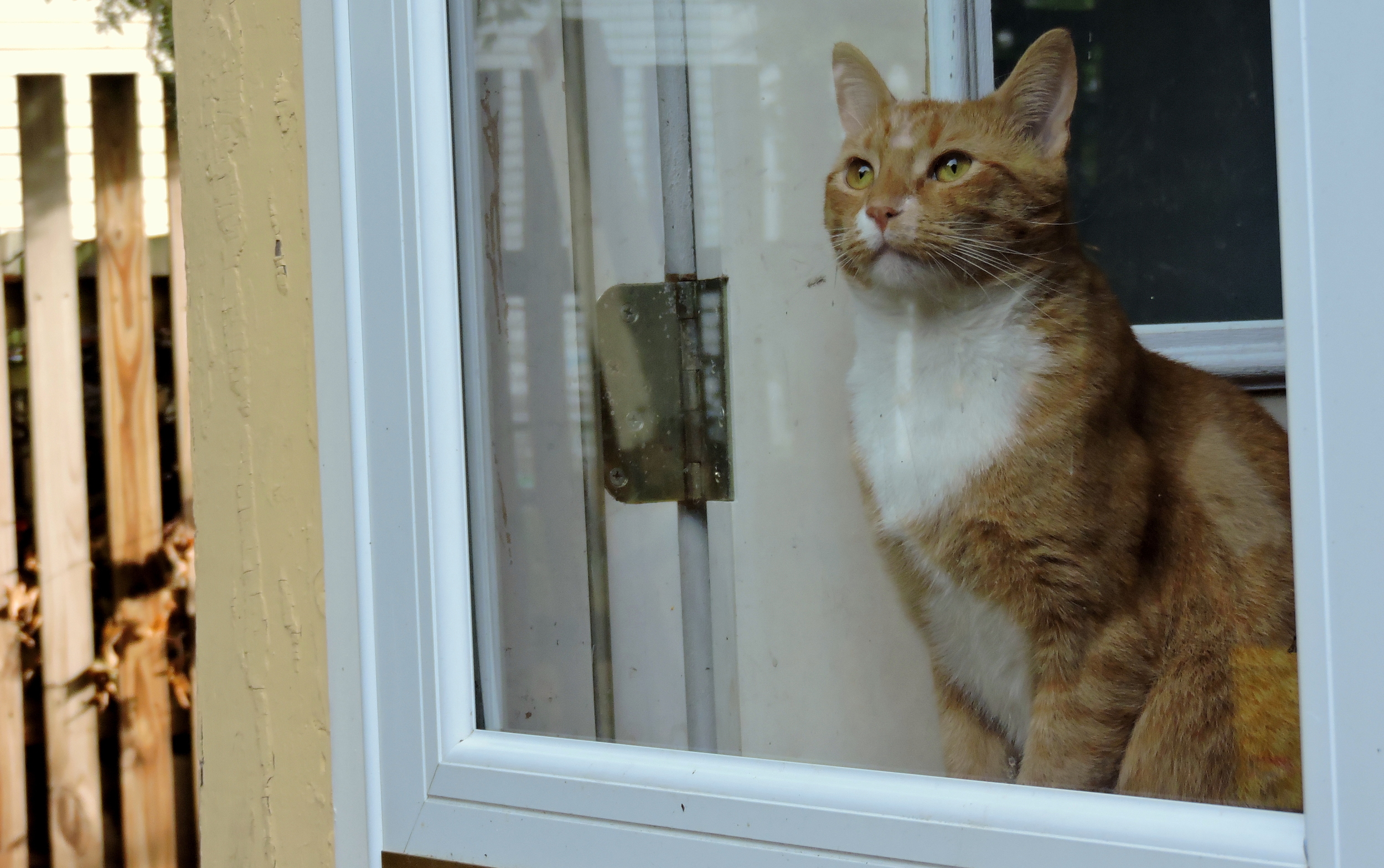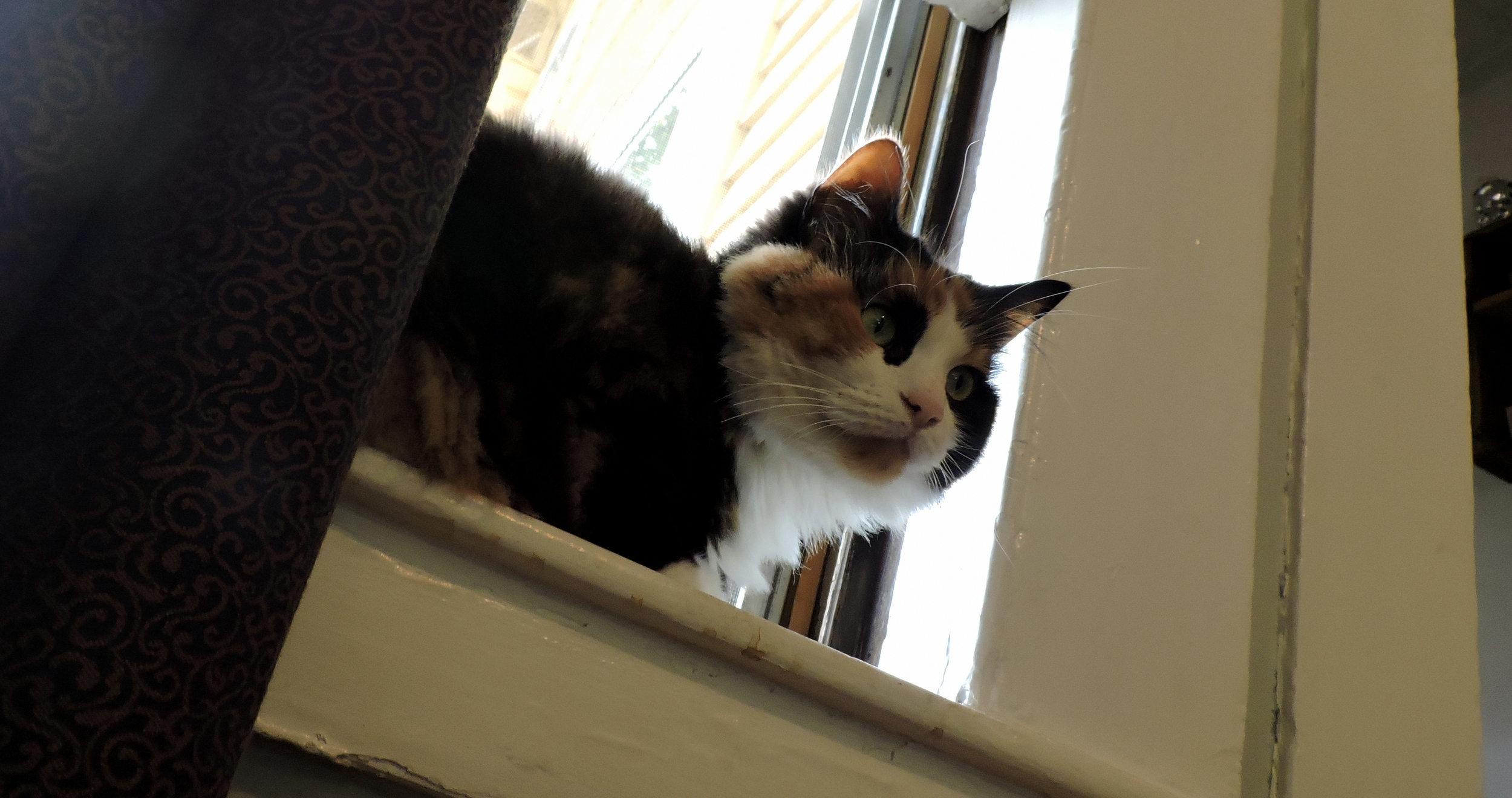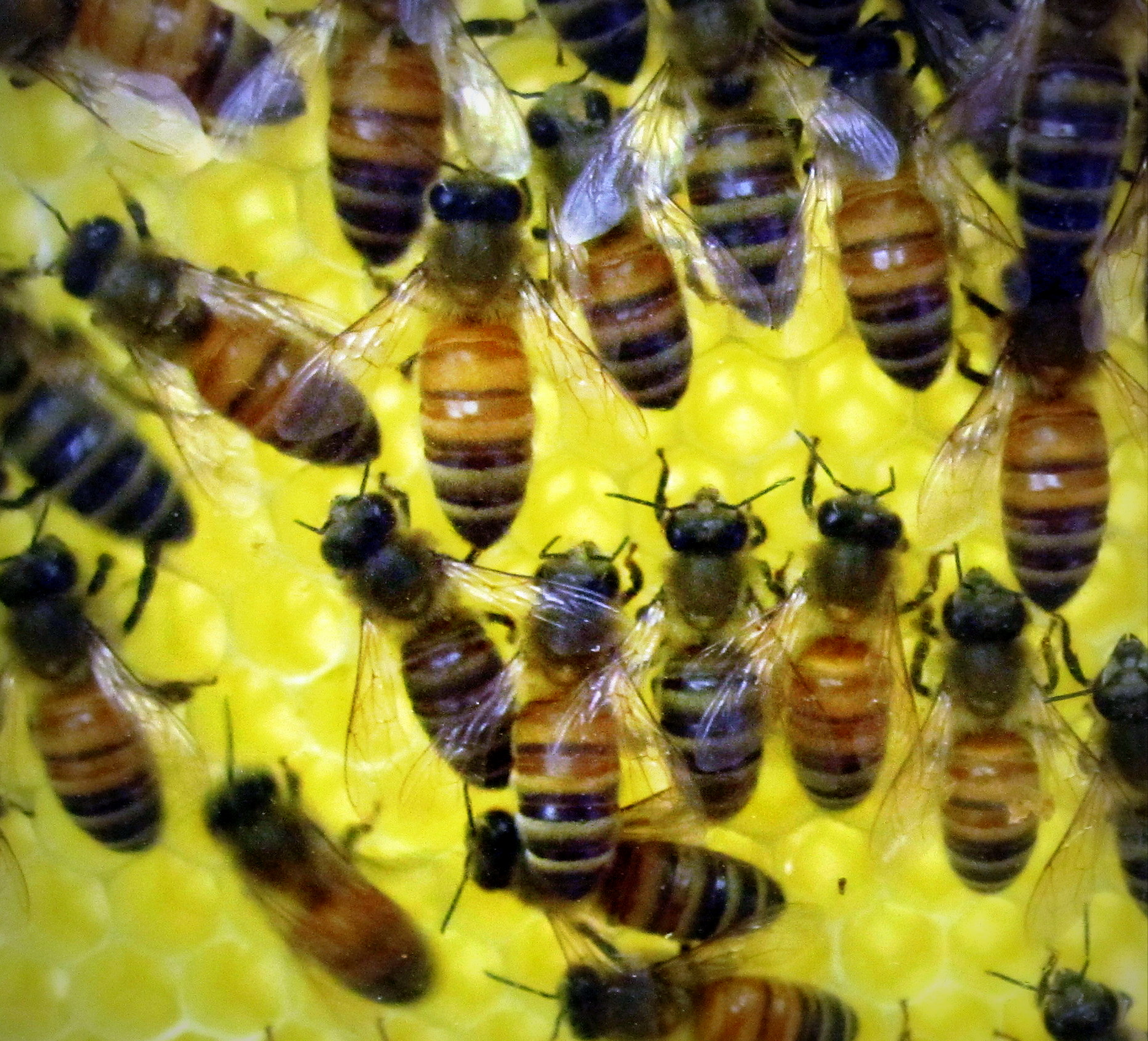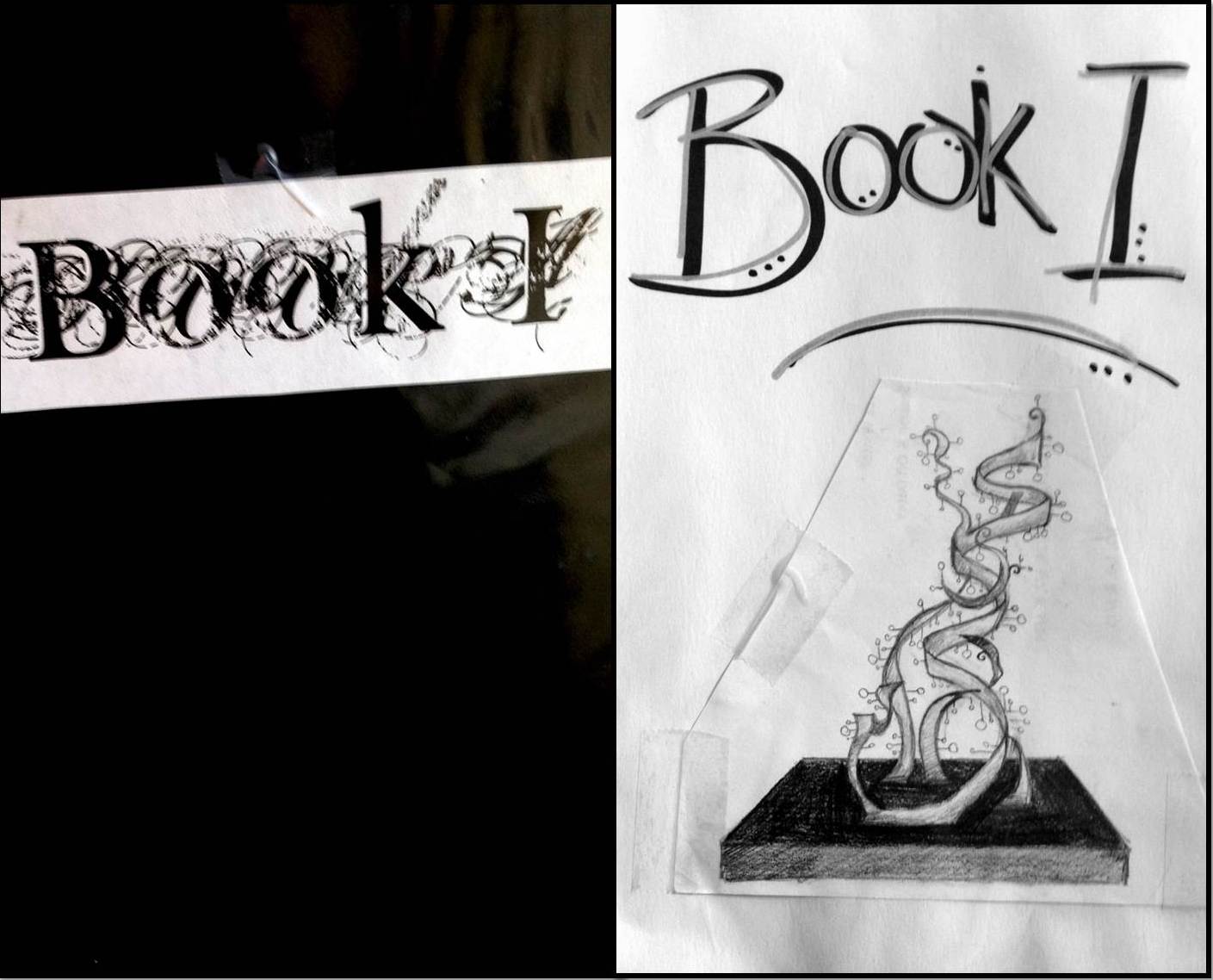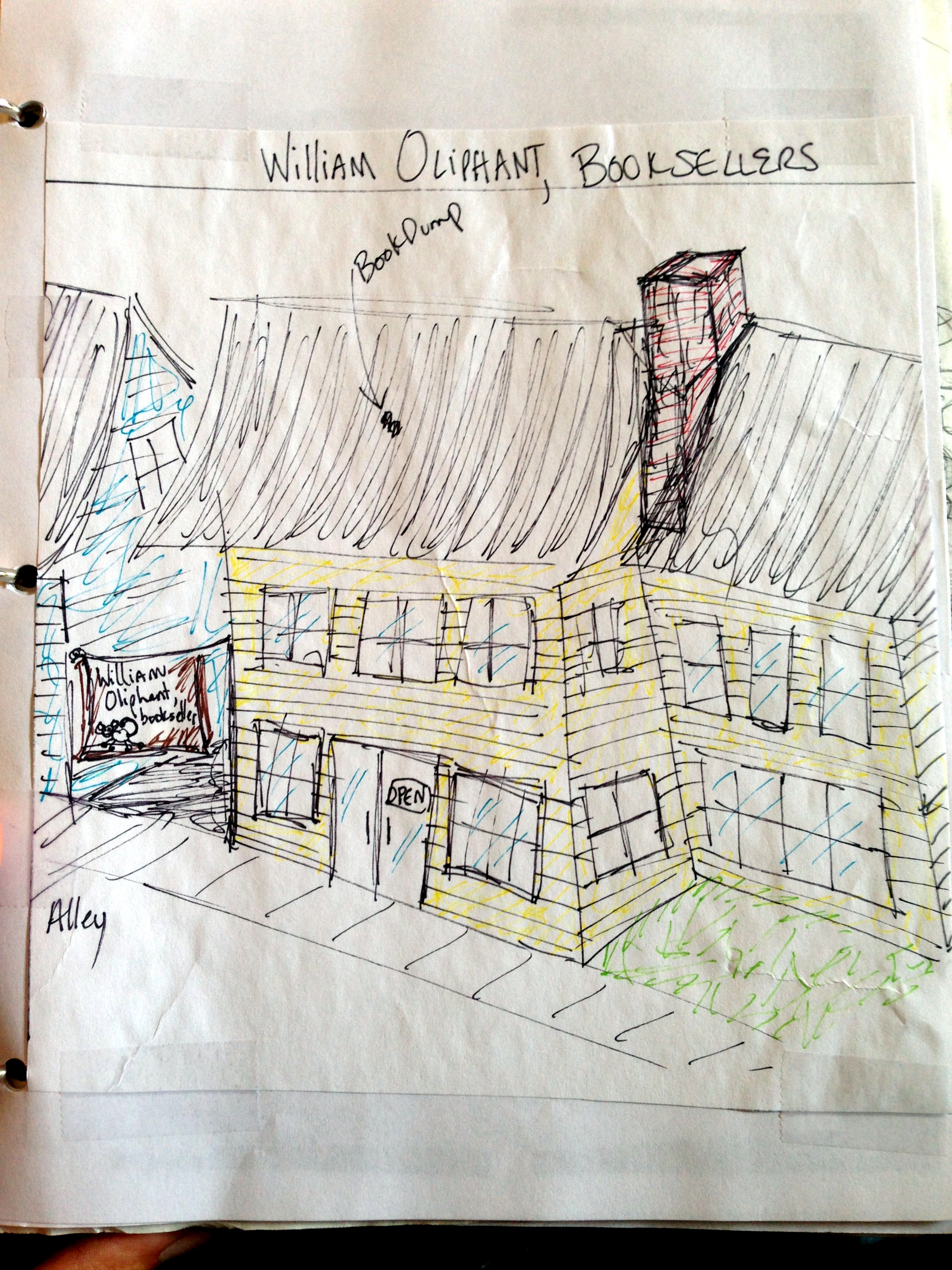Gary and I visited the Eastern State Penitentiary yesterday and I came out not knowing what to write about it. It's a hard thing to talk about: prison, humanitarian treatment of our citizens, solitary confinement, the innate fears and hopes of humans as a whole.
In the air of transparency, I will admit that I did not listen to the audio tour. However, I did read some plaques. One of them told the story of some men who dug a tunnel to escape. One escapee was out for about 5 minutes before he got caught. One was out three hours before he walked into a trap set for him at his ex-girlfriend's house. The other came back to the prison because he was hungry.
Meanwhile, Al Capone was in for a year and had silk sheets and a very nicely furnished cell, while everyone else lived in something like this:
Presumably the paint wasn't peeling when the prison was in use and the bed had blankets on on it.
It's weird how different people are. Though prisons are designed to inspire fear and terror in the general population, to encourage them to follow the rules, some people get so used to them that they don't know how to survive on the outside, or they actually choose to come back after escaping.
This gargoyle is going to eat you!
Eastern State Penitentiary was known for experimenting with solitary confinement. There are two punishments in use here: solitary and confinement. Personally, I could probably survive the solitary part just fine, but the confinement part would probably cause at least a few panic attacks. Other people, on the other hand, couldn't deal with the aloneness.
The Eastern State Penitentiary had an interesting philosophy. According to their website:
"The Penitentiary would not simply punish, but move the criminal toward spiritual reflection and change. The method was a Quaker-inspired system of isolation from other prisoners, with labor. The early system was strict. To prevent distraction, knowledge of the building, and even mild interaction with guards, inmates were hooded whenever they were outside their cells. But the proponents of the system believed strongly that the criminals, exposed, in silence, to thoughts of their behavior and the ugliness of their crimes, would become genuinely penitent. Thus the new word, penitentiary."
I'm not sure how I feel like this, but it was probably a step in some direction from the holding-people-in-pens-like-animals strategy of correction.
Even the doors of the cells are eerie.
Walking through the penitentiary, there is a deep sense of creepiness. It's not just because the building was abandoned and you can sense the distasteful things that probably went on here. The imagination also plays a huge role, especially when you don't listen to the audio tour.
Take this image, for example:
I call this, "The Red Chair."
I stood in front of the cell door, staring into this room, desperately trying to image what kind of torture device this could have been. A passing employee commented that it was a "therapy chair" but that description did nothing to quell the wild machinations of my imagination. When set in this dilapidated cell, the red contrasting harshly against the greys and browns... I see a new, dark, uncomfortable book forming deep in the recesses of my unconscious.
Or take this image:
Maybe I watch too much NCIS.
This is just a storage room. But the falling shelves, peeling paint, and disturbing colours immediately have me imagining locking people in closets and leaving them to die, Edgar Allen Poe style.
Turn it to black and white...
I call this one "Lost Faces."
...and it only gets worse.
It's hard to fathom what took place here, how people felt, or what they did. When I try to do my perspective taking, I can't even come close to imagining what it must have been like to live here or work here.
Hi, Mom!
Instead, I just smile like a curious tourist who likes to explore abandoned things. After all, despite what my elementary teachers said, there is a limit to what my imagination can do for me. If I really wanted to know, I could try going to jail myself. That might help bridge the gap. But I think I'll save my life of crime for a different life.
I can, however, imagine the fear and terror of those wrongly convicted, those whose crimes may not have warranted their harsh punishments, and the nightmares of the children of those confined to prison.
Gary managed to capture this one. Quite the shot; quite the ghost.
Every place like this has ghosts: lost faces, lost souls--people who have completely disappeared in the ravages of time.
I took a class in college where we talked about how photographs could potentially be considered ghosts--the capturing of the soul, the two-dimensional remnants of an moment in the time stream of a human, a long-forgotten face, or memory, remaining only in a blurry image... think about it too long and it'll creep you out.
Anyway, here are a few ghosts.
This is the ghost of a prisoner, almost for sure.
But in all seriousness, there were some ghosts at the penitentiary, in the form of an art exhibit. There were art exhibits all around the penitentiary: an entire cell knitted, a bug collection to represent the bug collection of a guy who was in solitary confinement, a truck disassembled and then reassembled in a cell, TVs showing the way prison life is demonstrated in film, etc.
This one was paintings of the faces of people murdered by residents of the Eastern State Penitentiary. I didn't understand most of the art statements, but I understood this one. And it stuck with me.
I think that one of the most interesting things you can learn from a place like this is that everything tells a story, even the most minute details, like peeling paint or a rusty bolt. Abandoned places are beautiful, not because they have been neglected or ignored, but because every inch of them is rife with untold stories, unheard memories, lost faces. And if I, as a writer, can capture even one-millionth of the stories that a place has to tell, I have succeeded.
Here are a few more pictures from our visit.
If you like them, you can follow me on instagram for more fun stuff: @arielesieling.
